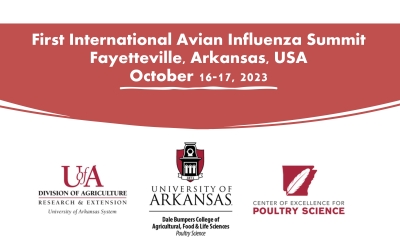Avian influenza virus in wild birds from Brazil
Authors: Helena L. Ferreira
GMPC TOP
2023.
vol. 3, Iss. 1
pp:0-10
Doi: https://doi.org/10.51585/gtop.2023.1.0013

Abstract:
South American countries such as Argentina, Chile, Brazil, Paraguay, Peru, and Uruguay reported the detection of HPAIV H5N1 clade 2.3.4.4 b in domestic and wild birds for the first time in the region from the end of 2022 to the beginning of 2023. Human infections were reported for the first time in South America, Ecuador, and Chile. Since October 2022, the PREVIR-MCTI network, a Brazilian network for virus surveillance in wild animals, has been collecting samples from asymptomatic wild waterfowl in different regions of Brazil. Avian influenza viruses (AIVs) circulate among wild bird populations worldwide, posing a significant threat to avian and human health. This study investigates the prevalence, genetic diversity, and potential transmission dynamics of AIVs in wild bird populations across Brazil. We collected and analyzed samples from wild bird species through comprehensive surveillance efforts spanning diverse ecological regions. Using molecular techniques, we identified and characterized avian influenza viruses, focusing on highly and low pathogenic viruses. We identified viruses in different wild bird populations. Our study provides insights into the role of wild birds in maintaining and disseminating AIVs, emphasizing the need for continued surveillance and monitoring efforts. This talk will discuss the valuable data of global efforts to understand and mitigate the threat posed by avian influenza viruses, particularly in regions with rich biodiversity and diverse bird populations like Brazil. The knowledge generated herein informs strategies for early detection, risk assessment, and preparedness to safeguard one health (animal, human, and environmental health).
Keywords:
Influenza, Wild birds, Epidemiology, Risk assessment, Surveillance
Statistics:
Article Views: 860
PDF Download: 4